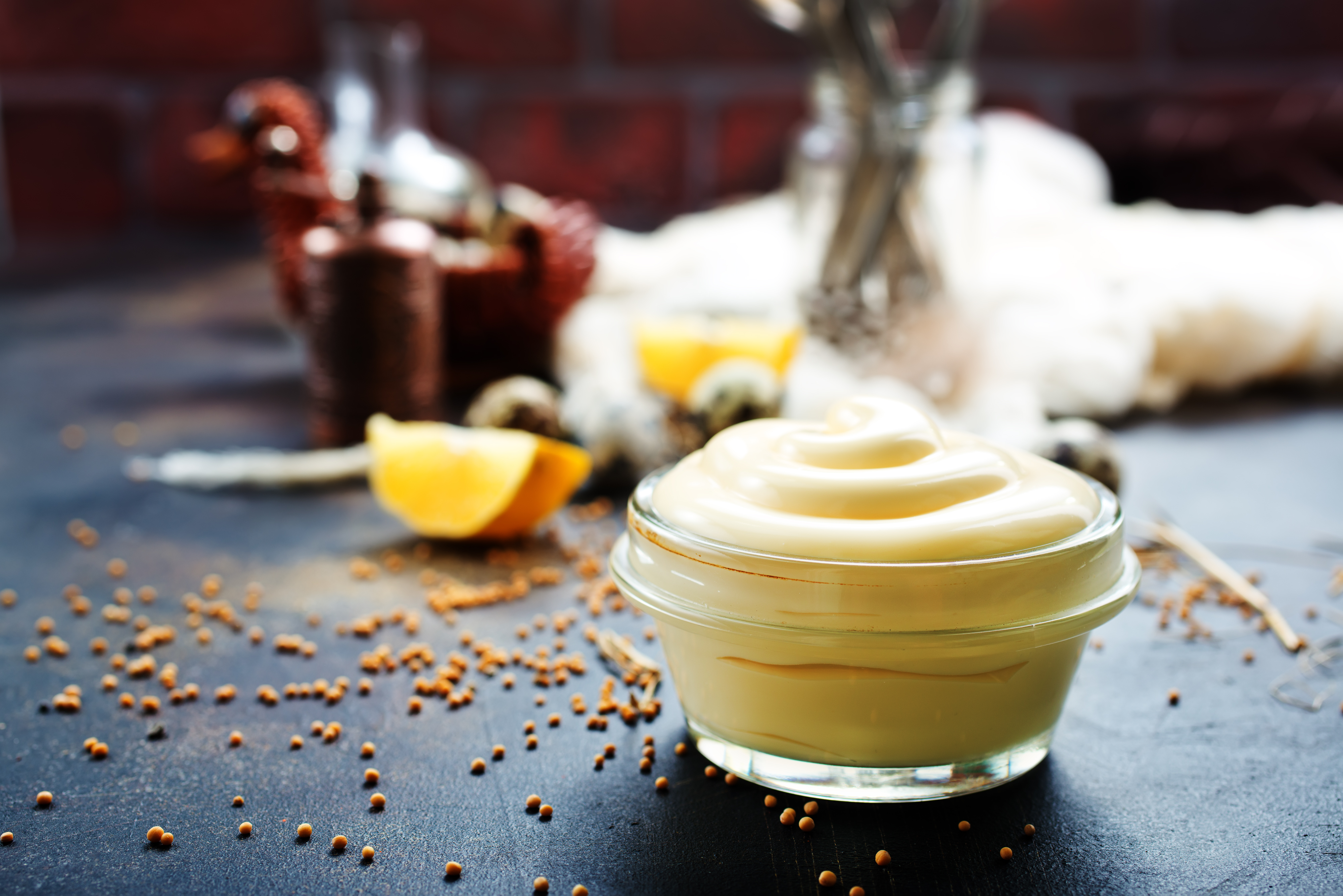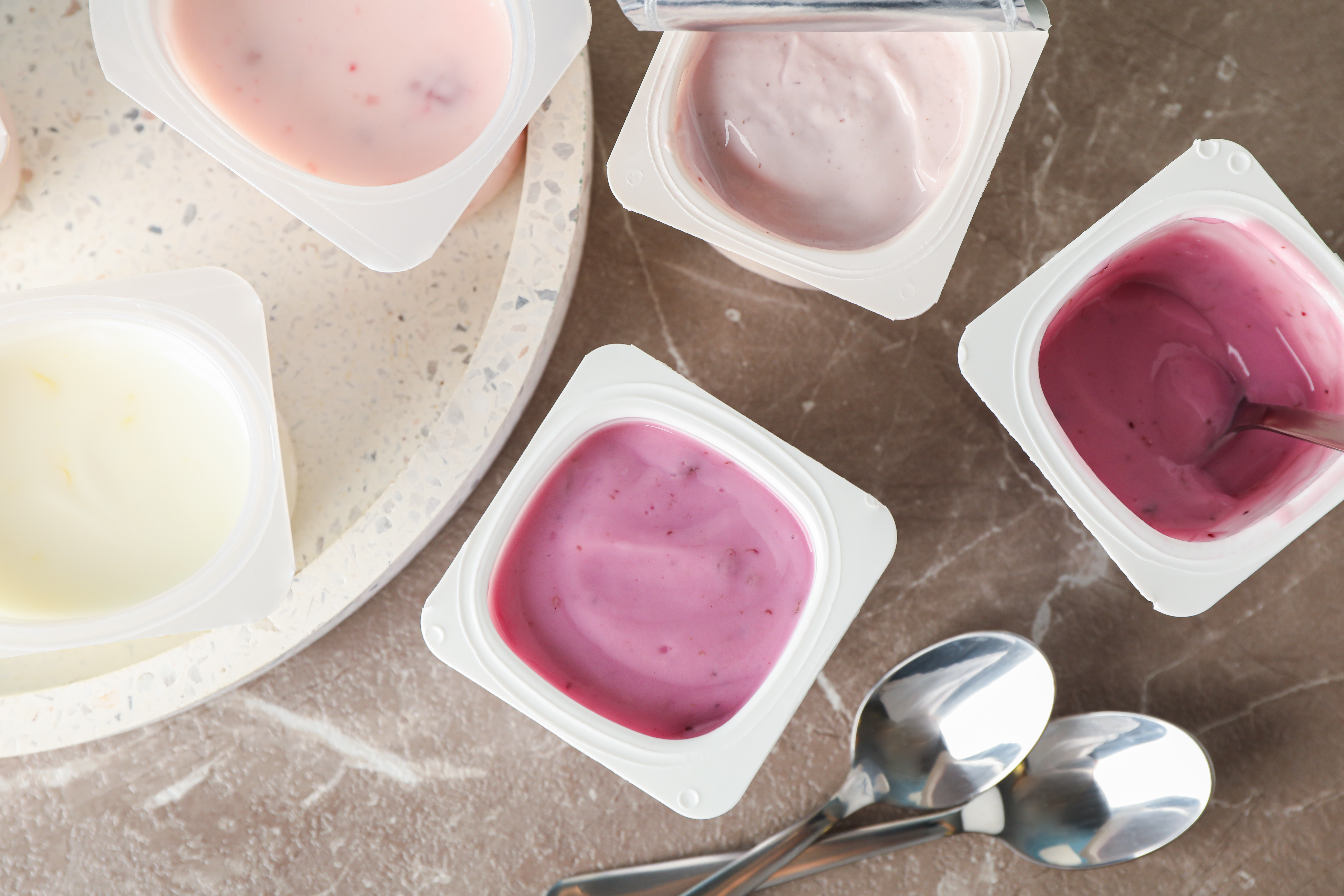21 Everyday Foods with Seed Oils to Enjoy in Moderation
Seed oils, such as sunflower, soybean, and canola, are widely used in processed and packaged foods. While they’re often marketed as healthy alternatives, consuming them in excess may disrupt your omega-6 to omega-3 balance, potentially impacting your overall health. Reducing seed oil consumption is easier than you might think! By being mindful of the prevalence of seed oils in everyday foods, you can make informed choices that support your overall health without sacrificing flavor or convenience. Here’s a closer look at 21 everyday foods that often contain seed oils, along with tips on how to enjoy them in moderation or find healthier alternatives.
1. Salad Dressings

Many bottled dressings use seed oils like canola or soybean as a base because these oils are inexpensive and have a neutral flavor. While convenient, they can significantly increase your intake of omega-6 fatty acids. Instead, consider switching to olive-oil-based dressings or making your own at home with ingredients like olive oil, balsamic vinegar, lemon juice, and herbs for a fresher, healthier option.
2. Mayonnaise

A sandwich staple, mayonnaise often contains soybean or canola oil to achieve its creamy consistency. While it’s a popular condiment, the high omega-6 content can add up quickly. Look for versions made with avocado oil or try making a simple homemade recipe using egg yolks, mustard, and olive oil for a cleaner, more nutritious alternative.
3. Potato Chips

These beloved snacks are frequently fried in sunflower, safflower, or canola oil, making them a major source of seed oils in many diets. The combination of high heat and these oils can produce harmful compounds. When indulging, opt for chips cooked in healthier oils like olive or avocado oil, or try baking your own at home for a satisfying crunch with fewer health concerns.
4. Crackers

Many crackers are made with seed oils to achieve their crispy texture and long shelf life. Unfortunately, these oils can contribute to an imbalanced intake of omega-6 fats. Check ingredient lists carefully, and choose minimally processed options made with whole grains and no added oils. Alternatively, try making homemade crackers with simple ingredients like whole wheat flour and olive oil.
5. Granola Bars

Even “healthy” granola bars often use seed oils as a binding agent to hold the ingredients together. These oils can add unnecessary omega-6 fats to your diet. Look for bars that rely on natural binders like honey, nut butters, or dates. Better yet, make your own granola bars at home to control the ingredients and create a healthier snack.
6. Fried Foods

French fries, fried chicken, and other fried favorites are typically cooked in seed oil blends due to their affordability and high smoke points. However, these oils can become oxidized during frying, forming harmful compounds. Enjoy fried foods sparingly or make them at home using healthier oils like avocado oil or peanut oil, which are more stable at high temperatures.
7. Microwave Popcorn

Most microwave popcorn brands use soybean or palm oil in their seasoning to enhance flavor and texture. These oils, combined with added artificial ingredients, can contribute to an unhealthy snack. Opt for air-popped popcorn or stovetop versions that allow you to use your choice of oil, such as coconut or olive oil, for a more wholesome treat.
8. Packaged Cookies

Store-bought cookies often contain canola or soybean oil to maintain their softness and extend shelf life. While convenient, these oils can add to your intake of omega-6 fats. Baking your own cookies at home with butter or coconut oil not only reduces seed oil consumption but also lets you customize flavors and ingredients.
9. Store-Bought Bread

Commercial breads and rolls may use soybean oil to create a soft texture and longer shelf life. However, these oils can be difficult to avoid in mass-produced baked goods. Opt for artisan or whole-grain breads from local bakeries, or try baking your own bread at home with simple ingredients like flour, water, yeast, and olive oil.
10. Pasta Sauces

Jarred sauces frequently use seed oils as a base to add richness and preserve shelf life. These oils can detract from the nutritional quality of your meal. Check labels and choose brands that prioritize olive oil or other minimally processed ingredients. Alternatively, make your own sauce using fresh tomatoes, garlic, and herbs for a healthier and tastier option.
11. Non-Dairy Creamers

These creamers often rely on partially hydrogenated oils, a derivative of seed oils, to create their creamy texture. Unfortunately, these oils may contain trans fats, which are linked to various health concerns. Stick to milk or plant-based creamers with simpler ingredient lists, or use unsweetened almond or coconut milk as a natural alternative.
12. Nut Butters

Many nut butters include seed oils like soybean or palm oil to improve spreadability and prevent separation. While these additives make the product more convenient, they’re not essential. Natural versions with just nuts and salt are a better alternative. Stirring the natural oils back into the butter takes just a moment and eliminates the need for added seed oils.
13. Frozen Meals

Convenience comes at a cost, as many frozen dinners use seed oils to enhance flavor and texture. These meals are often high in sodium and other additives as well. Consider preparing homemade freezer meals in bulk, using fresh ingredients and healthier oils like olive or avocado oil, to enjoy the same convenience without compromising your health.
14. Canned Soups

Seed oils are commonly used in canned soups to improve mouthfeel and enhance flavor. Unfortunately, this adds unnecessary omega-6 fats to your meal. Look for brands that emphasize clean, whole-food ingredients, or make your own soups at home using broth, fresh vegetables, and your choice of oil.
15. Veggie Burgers

Plant-based patties often contain sunflower or canola oil for moisture and binding. While they may seem like a healthier alternative to meat, these oils can add to your omega-6 intake. Make your own veggie burgers using whole ingredients like beans, quinoa, and vegetables, or choose store-bought options made with healthier oils.
16. Flavored Yogurts

Some flavored yogurts use seed oils in their fruit mixes or as thickeners to create a smoother texture. Plain yogurt with fresh fruit is a healthier and more customizable choice. Add a drizzle of honey or a sprinkle of granola for extra flavor without unnecessary additives.
17. Energy Drinks and Protein Shakes

Certain health drinks include seed oil derivatives for creaminess and texture. These additives can contribute to your overall intake of omega-6 fats. Instead, opt for whole-food smoothies made at home with fresh fruits, vegetables, and your choice of milk or plant-based alternatives.
18. Ice Cream and Non-Dairy Desserts

Even your favorite frozen desserts may include seed oils for texture and flavor stability. Check labels carefully and choose options with simpler ingredients, or try making your own ice cream at home using a base of cream, milk, or coconut milk for a cleaner treat.
19. Packaged Snacks

Pretzels, popcorn, and similar snacks often list seed oils among their ingredients to enhance flavor and extend shelf life. Choose options made with minimal processing and healthier oils, or prepare your own snacks at home to avoid unnecessary additives.
20. Sauces and Marinades

Barbecue sauces, salad dressings, and teriyaki marinades often rely on seed oils as a primary ingredient. Create your own sauces and marinades at home using fresh ingredients like herbs, spices, and olive oil to control the quality and flavor of your meals.
21. Fast-Food Burgers

From buns to sauces, fast-food burgers frequently include seed oils. Even the patties may be cooked in seed oil blends. Preparing burgers at home allows you to use whole ingredients, high-quality meats, and healthier oils for a more nutritious alternative.
The holiday season, with its abundance of salty and indulgent foods, can make it especially challenging to avoid processed snacks and meals loaded with seed oils. To curb cravings, try incorporating wholesome alternatives like homemade roasted nuts, air-popped popcorn with a drizzle of olive oil, or baked veggie chips. Keeping healthier snacks on hand can help you stay on track without feeling deprived. Start carefully reading ingredient labels to spot terms like soybean oil, canola oil, and sunflower oil. Cooking at home gives you full control over the oils in your meals, and choosing healthier alternatives like olive oil, avocado oil, or coconut oil can make a big difference. By being mindful of seed oils in everyday foods and making informed choices, you can support your overall health without sacrificing flavor or convenience — even during the festive times of the year. Happy holidays!